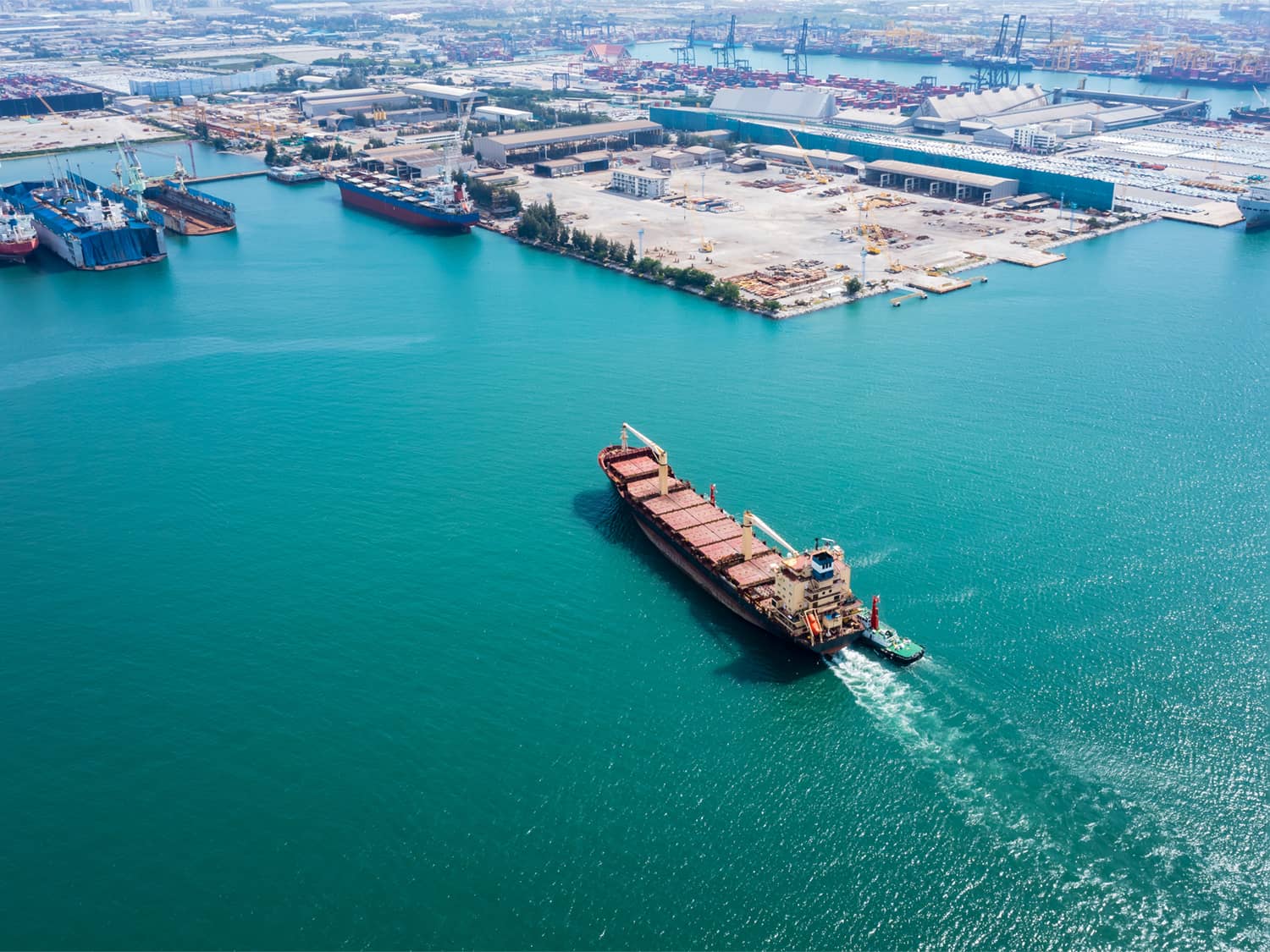Related Posts
The State of GHG Emissions Planning in Oil and Gas
Even the most ambitious energy transition plans still include the production and consumption of significant amounts of oil and gas until 2050 and beyond.
Oil and Gas Software Solutions: ComboCurve’s Proven Security
Here at ComboCurve, we have a deep appreciation of the critical role your data plays in maximizing oil and gas production. It is more than a pool of facts and figures; it is the lifeblood that powers your organization and the keystone in your path to success. Our primary mission? To deliver unparalleled vigilance in securing this vital asset, creating an ecosystem where information security isn't a mere promise, but a principle we live by.
Oil and Gas Auditing: Cawley, Gillespie & Associates Lead The Way
Oil and gas auditing demands optimal efficiency and accuracy. Jennifer Harpel shares how Cawley, Gillespie, & Associates uses ComboCurve to save countless hours.



